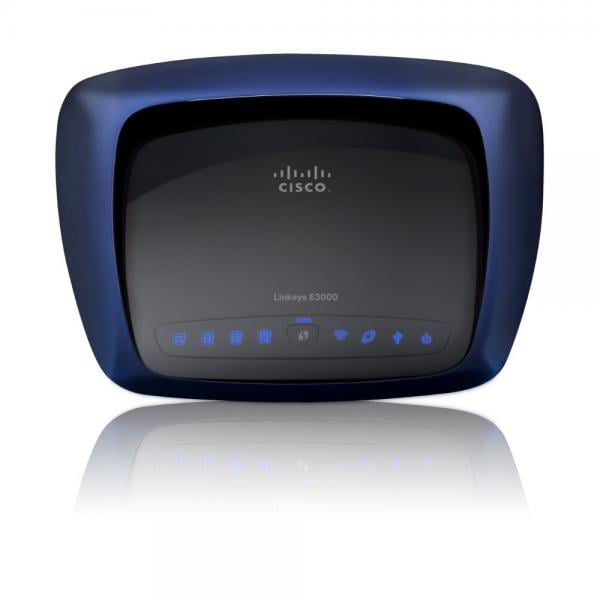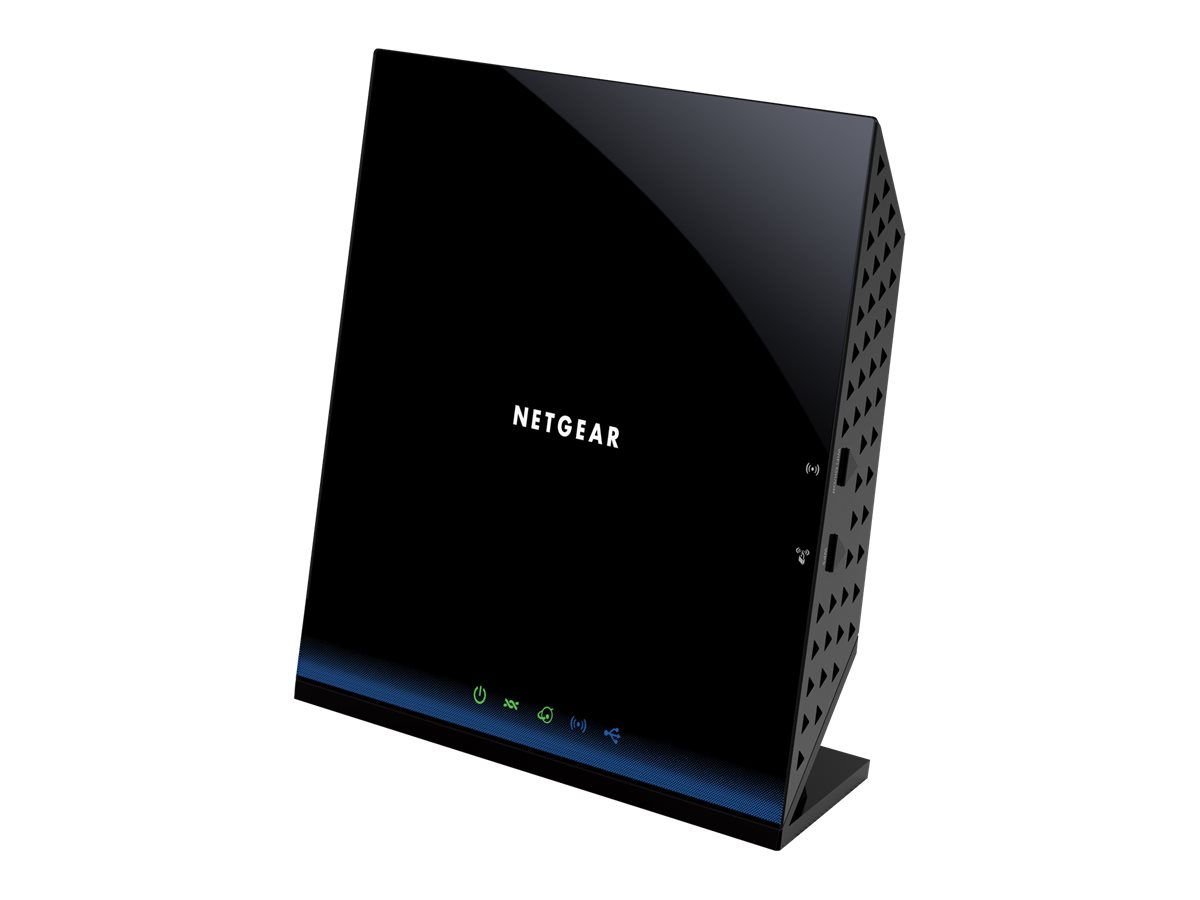

- #Vue router button how to#
- #Vue router button software#
- #Vue router button download#
- #Vue router button free#
Instead of going through the process of manually converting SVG files to Lottie format, we can save time by using the LottieFiles platform. Usually, this involves uploading the SVG file to the tool and exporting it as a Lottie file. You can use specialized tools like IconScout, BodyMovin, or After Effect to convert an SVG animation into Lottie format. This approach allows you to make your animated graphics editable and customizable to match your website’s visual style, all while avoiding potential performance issues. Instead of customizing and exporting a prebuilt Lottie file, you could also choose to convert an SVG into a Lottie animation.
#Vue router button download#
Select Lottie JSON as the download format and then add it to your project: Next, you can customize the animation by adjusting its color, background color, and speed in the modal popup:ĭownload the customized animation by clicking Download at the top, right of the modal.
#Vue router button free#
Sign up for a free account and peruse the available animations. If you’re not proficient with animation design tools, just visit the official Lottie website and select one of the free, prebuilt animations for practice: It’s possible to create intricate animations using Adobe After Effect and then export the animations as a Lottie.
#Vue router button software#
Creating a LottieĪ Lottie can be created using any motion design software that comes to mind, but Adobe After Effects is the most popular. These programs provide plugins that enable us to export any type of animation into a Lottie format. Lottie’s small file size and high performance makes it significantly faster than other animation file formats, translating to up to 90 percent faster page loading times:Īlthough the above animations may appear complex to produce, they are generally fairly easy to create using design tools like Adobe After Effects, Adobe XD, Figma, Framer X, or ProtoPie. Lottie animations offer several advantages over other visual file formats, like GIF and PNG, thanks to their ability to be rendered through JSON. By adding Lottie animations to a native or web app, devlopers have complete control over every aspect of the animation, without any added complexity. Lottie files are tiny, can function on any device, and can be scaled up or down without causing any pixelation. Lottie is an open source animation file format for creating JSON-based animations that can be easily shipped on any platform as static assets.
#Vue router button how to#
We’ll also demonstrate how to apply these techniques to a real-life use case: creating animated logos and adding them to a website. In this article, we’ll introduce Lottie’s features and walk through the process of creating a Lottie animation and integrating it into a Vue 3 application. Lottie is a JSON-based animation format that is only half the size of other animation formats and can be seamlessly integrated into a website without concern for performance issues.

However, there’s a third type of animation that is often overlooked: Lottie. However, these types of animations can be demanding on website performance and can slow down your website. There are different methods to achieve this effect, such as using SVG or GIF files with animated icons. You may have come across websites with animated logos and wondered how they were created. Creating animated logos with Lottie and Vue 3 David Omotayo Follow Frontend developer and indie game enthusiast.


 0 kommentar(er)
0 kommentar(er)
